Cuban cuisine offers a culinary chronicle of the island’s history. It’s a story told through the zest of citrus, the sweetness of sugar, and the heartiness of beans and rice. The island’s food has morphed through centuries, mirroring societal shifts from colonial times to the present. The evolution of Cuban Cuisine has adapted to scarcity and abundance, always retaining its soulful essence.
The journey of Cuban food is marked by the confluence of indigenous, Spanish, African, and even American influences. These diverse culinary streams have blended to create a gastronomic map that traces the island’s trials and triumphs. Today, Cuban cuisine stands as a testament to its people’s ability to innovate and endure, offering flavors that are as complex as its history.
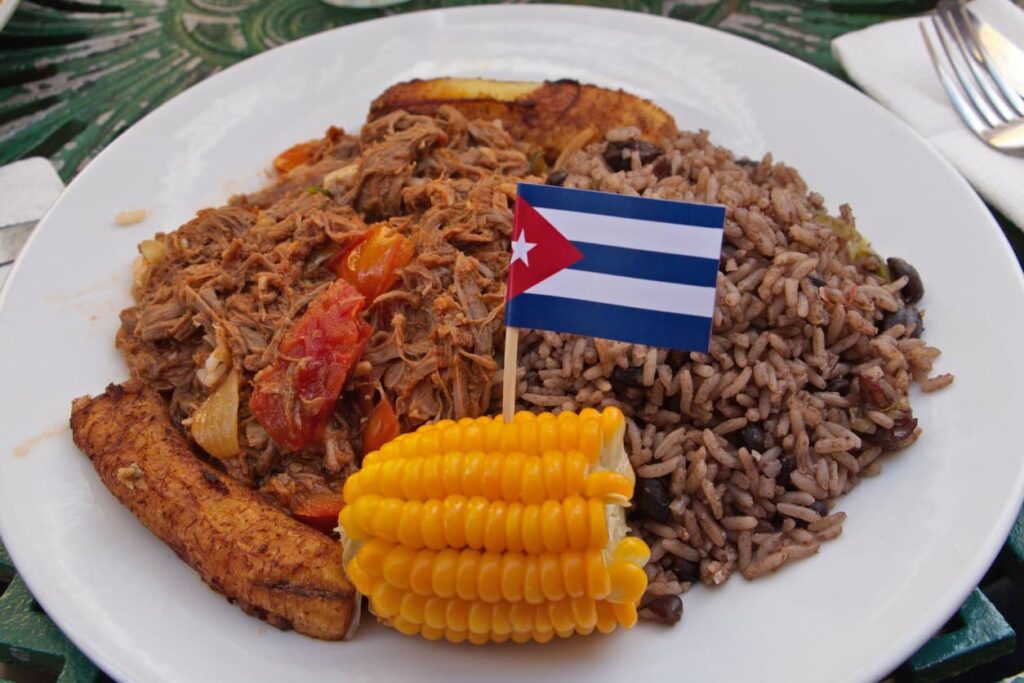
Pre-Columbian and Spanish Colonial Influence
Cuban cuisine’s earliest flavors are rooted in the practices of the indigenous Taino people. Their diet primarily consisted of cassava, sweet potatoes, beans, and fish, prepared simply and seasoned with native herbs. The Taino also introduced barbacoa—a method of slow-cooking meat over an open fire—which later evolved into what we know today as barbecue.
With the arrival of Spanish colonizers in the 15th century, Cuban food began to transform. The Spanish brought livestock such as cattle, pigs, and chickens, which introduced meat as a staple in the local diet. Citrus fruits, rice, and wheat were also brought from Spain, adding new dimensions to the island’s culinary palette. The Spaniards’ cooking techniques, such as frying and sautéing, were adopted, and sofrito—a sauce made with tomatoes, garlic, onions, and peppers—became the foundation of many Cuban dishes.

The melding of Taino and Spanish food traditions laid the groundwork for a distinctive Cuban cuisine. This period marked the beginning of a culinary evolution, where the island’s food started to reflect its growing cultural diversity. The introduction of new ingredients and methods during the Spanish colonial era set the stage for further influences shaping the island’s gastronomy in the following centuries.
African Influence and the Sugar Boom
The African influence on Cuban cuisine is profound and enduring. During the sugar boom of the 19th century, Cuba became one of the world’s leading sugar exporters. This era brought a significant number of African slaves to the island, who carried with them their culinary traditions. Ingredients like plantains, okra, and yams, as well as cooking techniques such as deep-frying, have become integrated into Cuban food.
African slaves were often given the less desirable cuts of meat, which they transformed into flavorful dishes using marination and slow-cooking methods. One such dish is Ropa Vieja, which means “old clothes,” referring to the shredded beef’s appearance. This dish exemplifies the African slaves’ resourcefulness in creating hearty meals from limited ingredients.
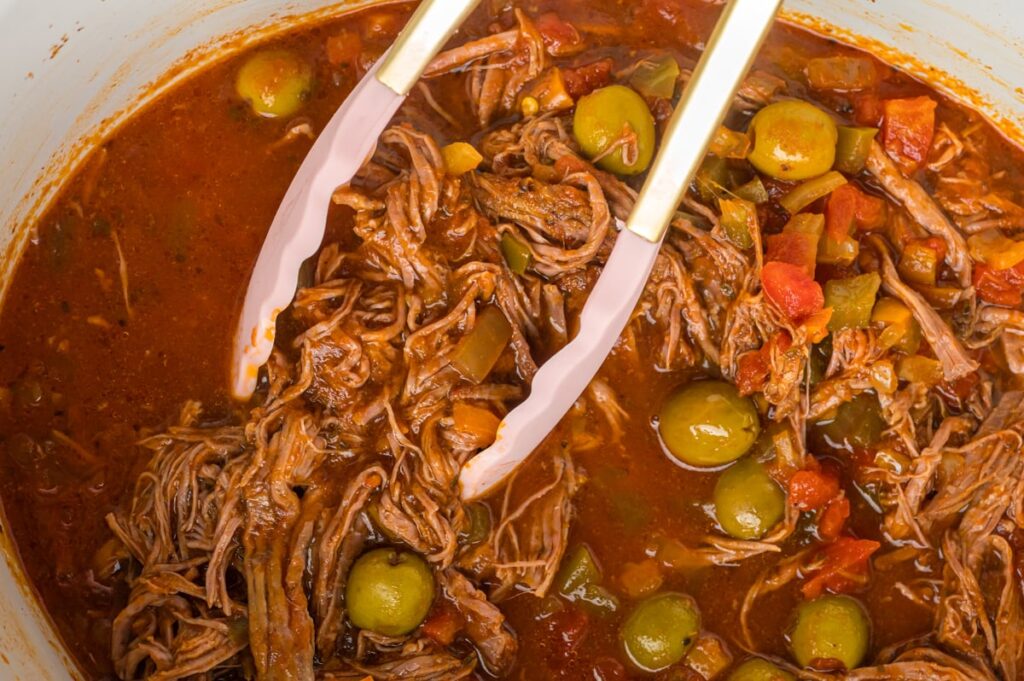
The sugar industry influenced the economy and the island’s diet. Molasses, a byproduct of sugar production, became a staple sweetener in Cuban cuisine. It was used in everything from desserts to marinades, adding a rich, caramelized flavor still beloved in Cuban dishes today.
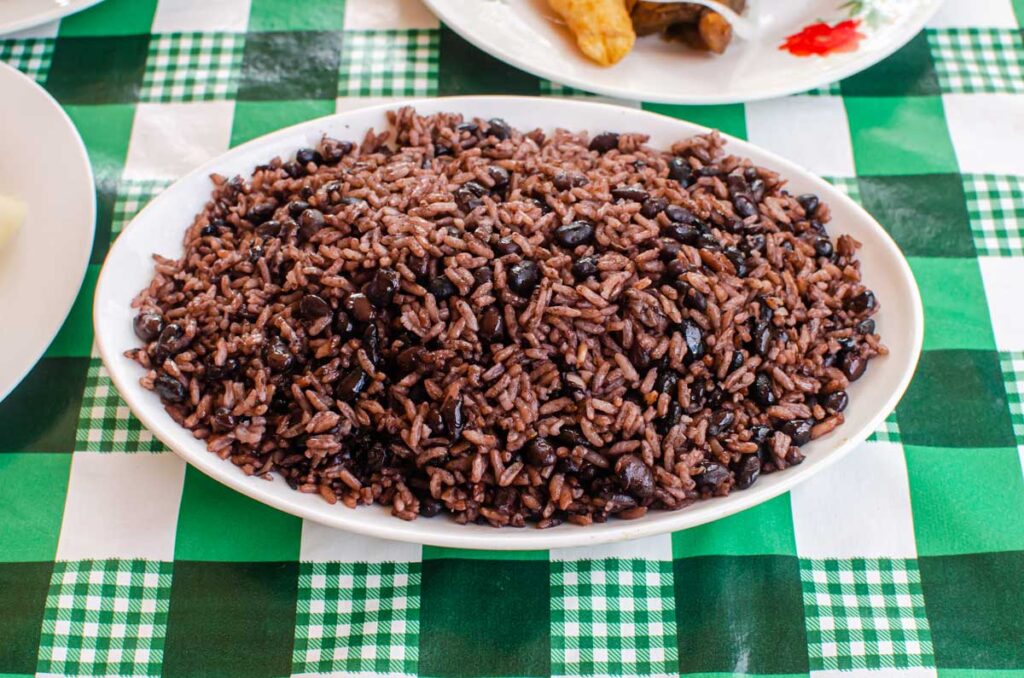
The African culinary influence catalyzed the creation of Creole cuisine, a blend of Spanish, African, and indigenous flavors. This fusion is evident in dishes like Moros y Cristianos, a mix of black beans and white rice, symbolizing the harmonious blend of cultures on the island.
Post-Independence and American Influence
After gaining independence from Spain in 1898, Cuba’s culinary landscape began to reflect its new political and social realities. The early 20th century saw an influx of American businesses and tourists, introducing new food products and eating habits to the island. The influence of American cuisine was evident in incorporating hamburgers, hot dogs, and sandwiches into the Cuban diet.
The presence of American companies also meant the introduction of canned goods and pre-packaged foods, marking the beginning of convenience cooking in Cuba. This shift was significant as it moved from traditional cooking methods to more time-saving practices. However, the core of Cuban cuisine—rice, beans, and pork—remained unchanged, underscoring the resilience of the island’s culinary identity.
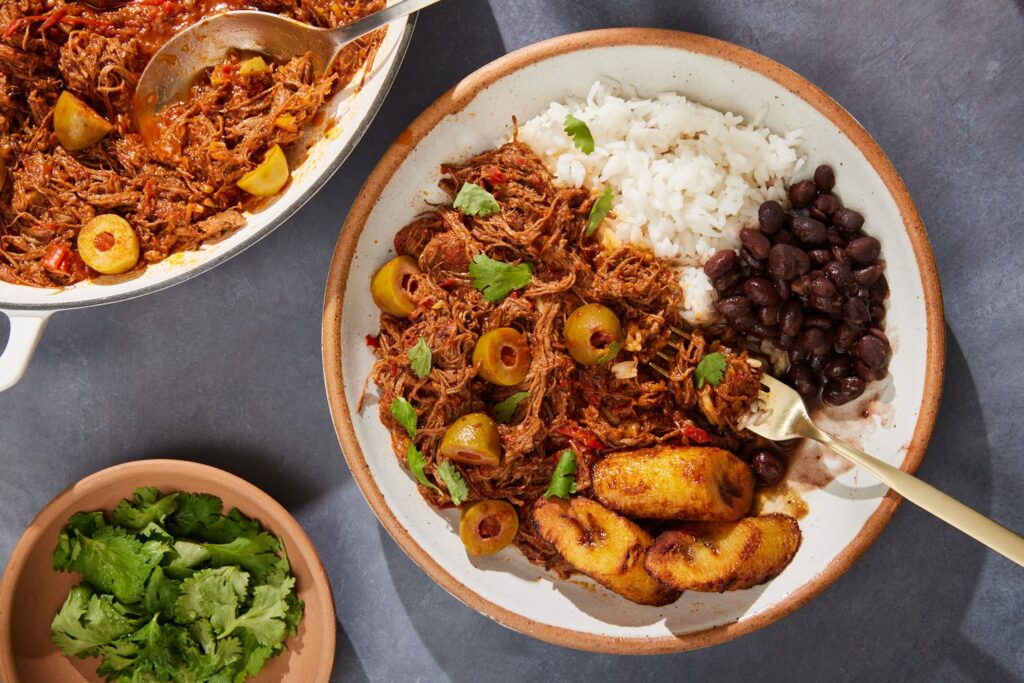
During this period, Cuba also saw the rise of its food establishments, including cafeterias and restaurants catering to locals and visitors. These venues became melting pots of cultural exchange, where Cuban and American flavors mingled, leading to unique culinary creations.
The Cuban Revolution and Its Aftermath
The Cuban Revolution of 1959 marked a turning point for the island’s cuisine. The new government implemented food rationing, limiting ingredients’ availability and shaping the way Cubans cooked and ate. Despite the scarcity, creativity flourished in kitchens across the island, leading to inventive dishes that made the most of the rations.
State-run restaurants, known as “comedores populares,” became common, serving affordable meals to the public. These establishments often featured simplified versions of traditional dishes, adhering to the government’s food distribution and consumption guidelines.
The “Special Period” in the 1990s, following the collapse of the Soviet Union, Cuba’s main economic support brought even more challenges. With severe food shortages, Cubans had to be even more resourceful. Urban agriculture sprouted in response, with city dwellers growing fruits and vegetables wherever possible. This period saw the rise of “paladares,” small family-run restaurants operating out of private homes. Paladares offered a more diverse menu than state-run eateries, often incorporating fresh, locally sourced ingredients.
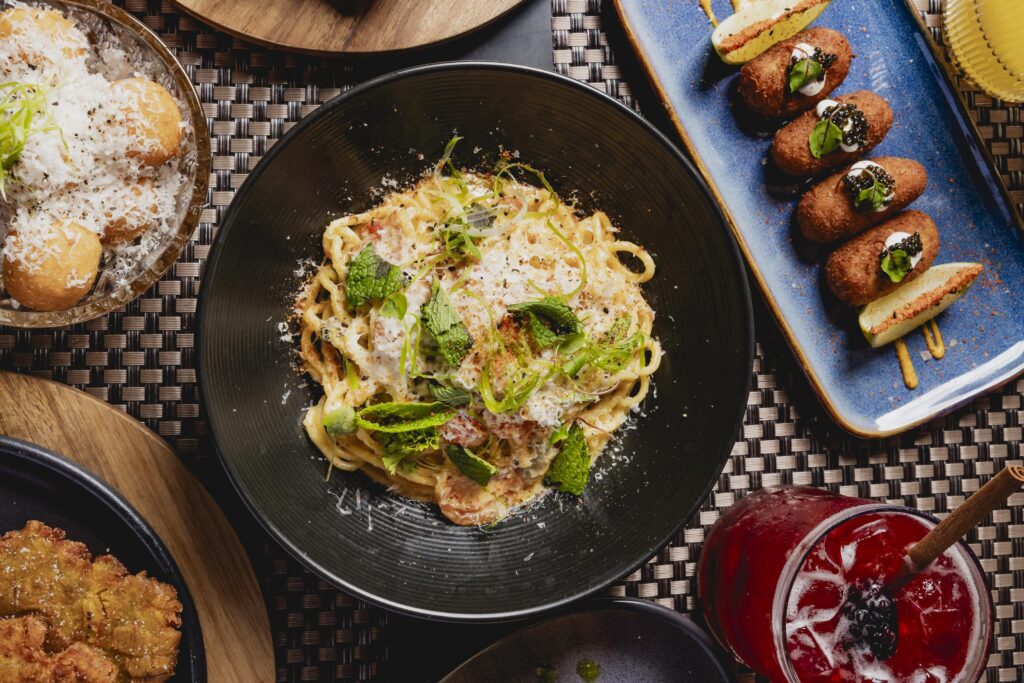
Evolution of Cuban Cuisine in Modern times
Modern Cuban cuisine reflects the island’s historical journey, embracing its past while innovating for the future. Today, chefs and home cooks are revisiting traditional recipes with a contemporary eye, infusing classic dishes with new life and flavors.
The resurgence of traditional dishes is evident in restaurants and homes, where recipes passed down through generations are being prepared with a twist.
For instance, the iconic ‘arroz con pollo’ (chicken with rice) might be found served with organic vegetables from local farms, highlighting the recent push towards sustainable agriculture.
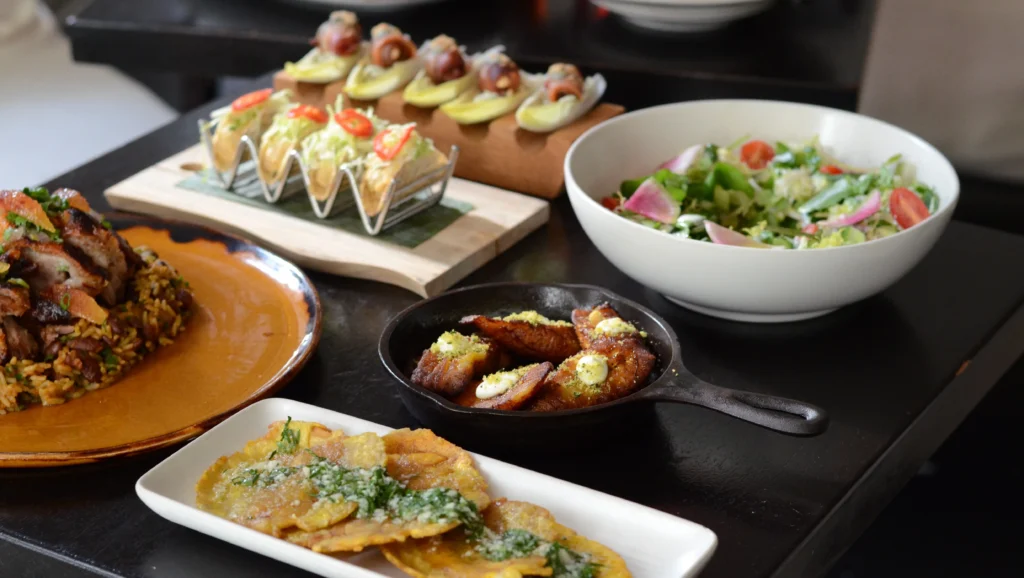
The organic farming movement has gained momentum in Cuba, leading to a farm-to-table dining experience that is both fresh and environmentally conscious. This shift is not only about taste but also about health and supporting the local economy. Restaurants now often source directly from nearby farms, ensuring that the ingredients are as fresh and authentic as possible.
Cuban cuisine’s role in the global culinary scene is growing. With the island opening up more to international influences, Cuban chefs are exporting their heritage abroad, introducing the world to the rich flavors of Cuba. At the same time, they are bringing back ideas and techniques that further enrich the island’s culinary tapestry.
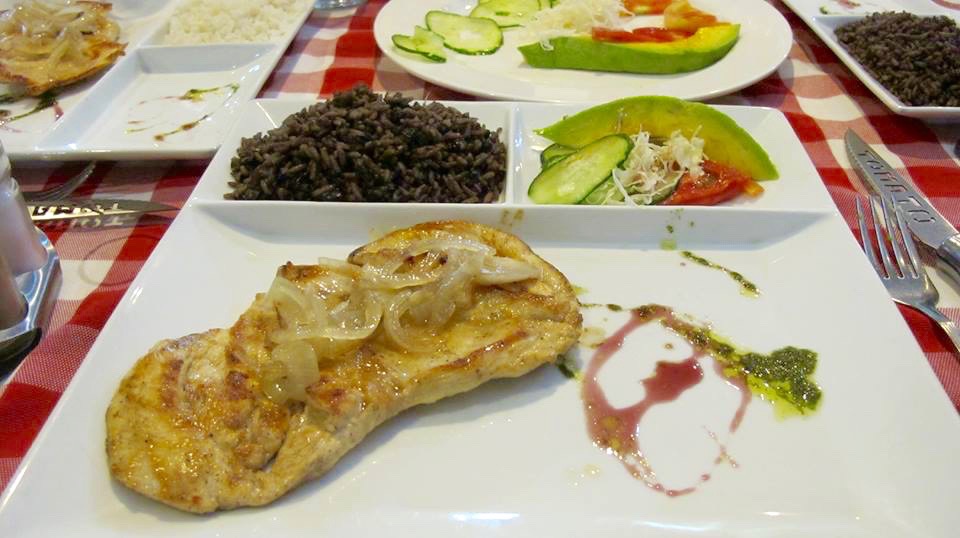
Final Analysis
Like the island, Cuban cuisine has weathered storms, revolutions, and cultural shifts. Analyzing its evolution reveals a resilient culinary identity that mirrors Cuba’s tumultuous history. From indigenous Taino practices to Spanish colonization, Cuban cuisine adapted to changing circumstances. Creating flavorful meals despite scarcity showcases the Cuban people’s resilience.
The fusion of African, Spanish, and indigenous elements birthed Creole cuisine—a harmonious blend of flavors. The sugar boom era left an indelible mark, introducing ingredients like plantains and molasses. The Cuban Revolution ushered in food rationing and state-run restaurants. Yet, inventive cooks found ways to elevate simple ingredients. The “Special Period” further fueled innovation, leading to the rise of paladares.
Today, Cuban chefs revisit traditional dishes, infusing them with modern twists. Farm-to-table dining and sustainable practices reflect a conscious shift. Cuban cuisine now stands on the global stage, sharing its vibrant narrative. In short, Cuban cuisine isn’t just about taste; it’s a living testament to Cuba’s past, present, and unwavering spirit.
Disclosure: Our blog contains affiliate links to products. We may receive a commission for purchases made through these links. However, this does not impact our reviews and comparisons. We try our best to keep things fair and balanced, in order to help you make the best choice for you.
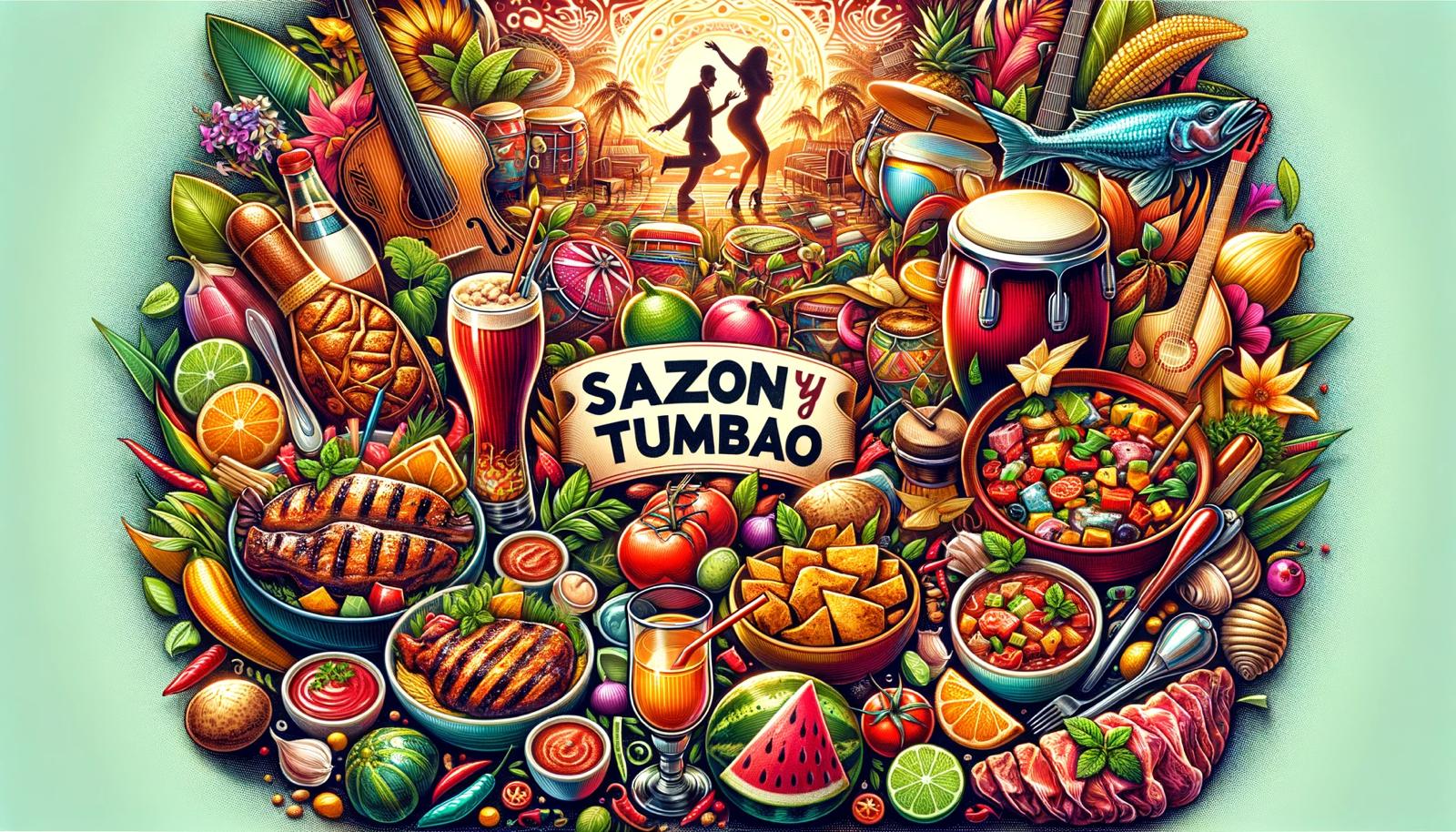
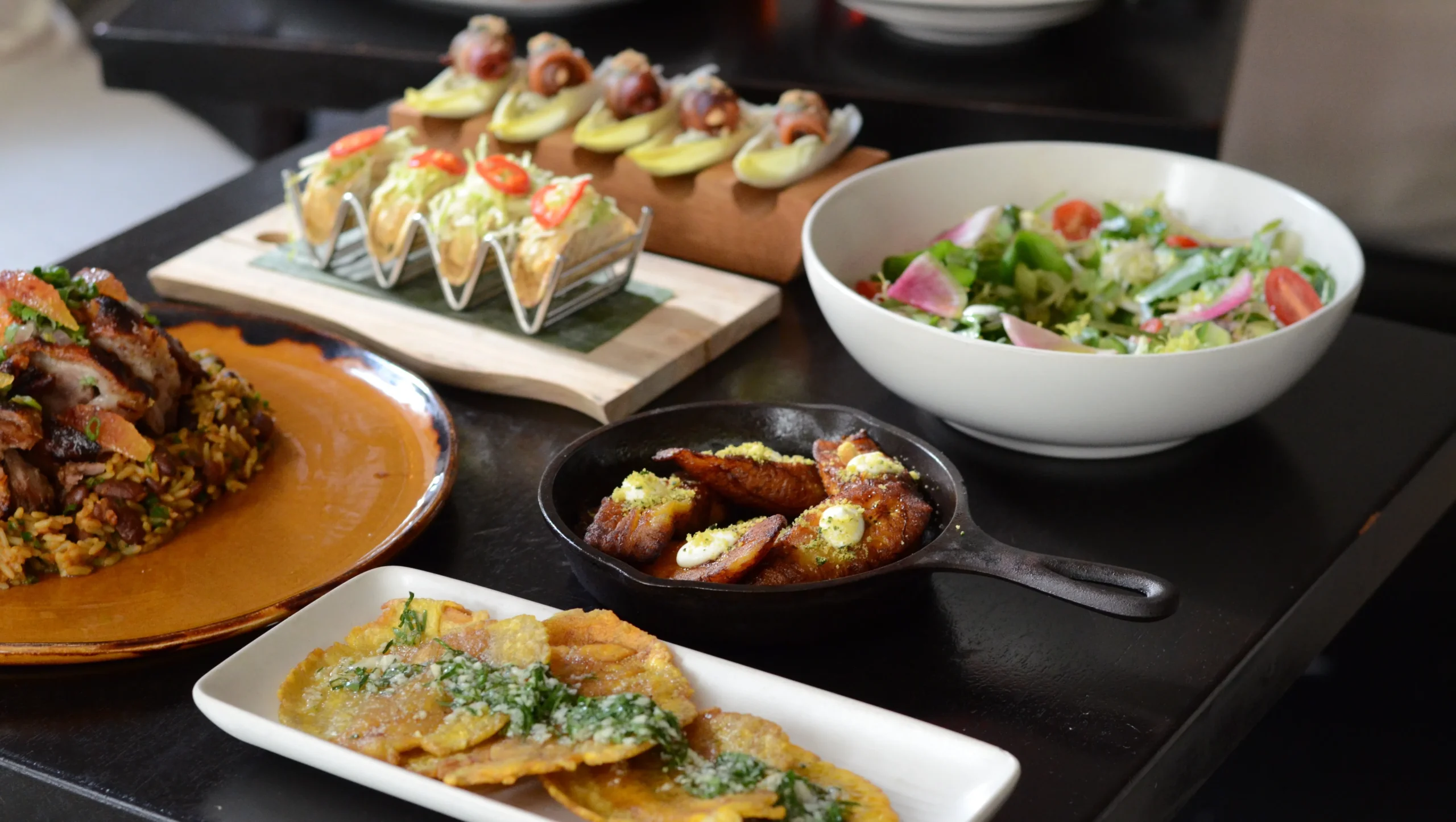
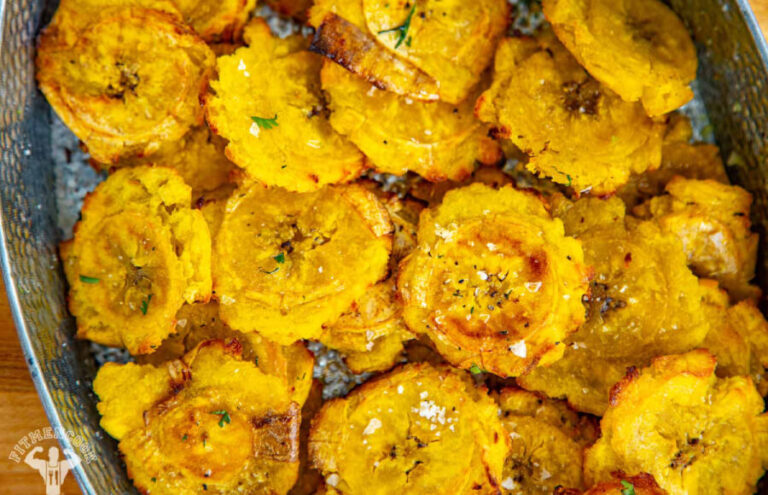

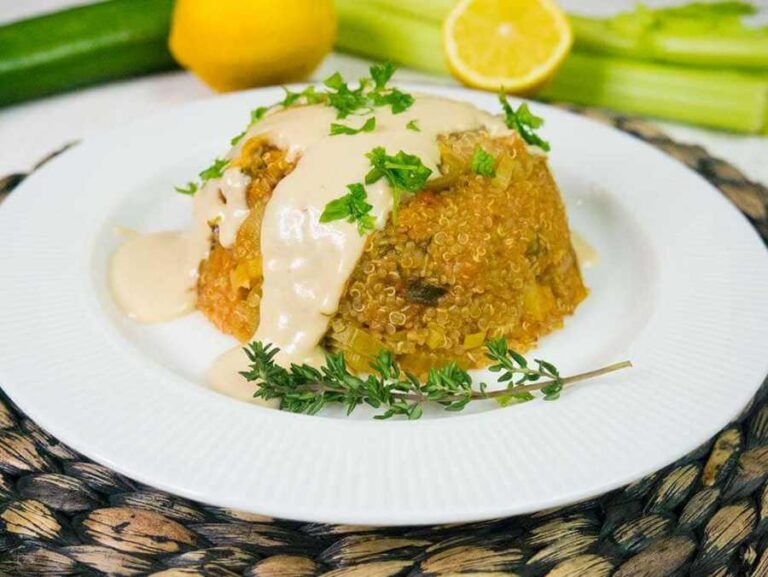
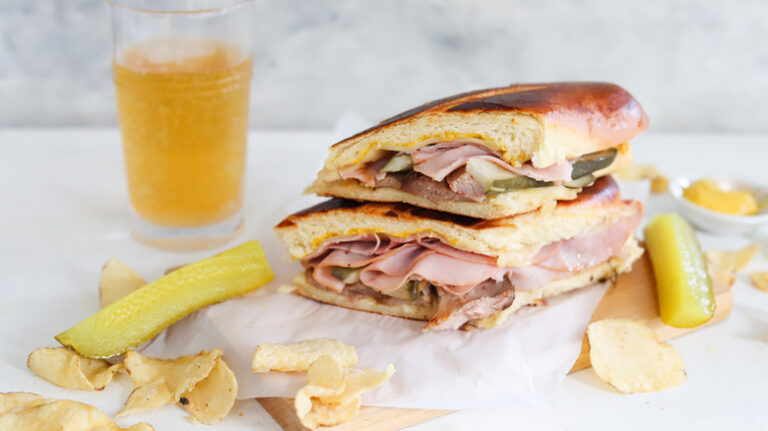
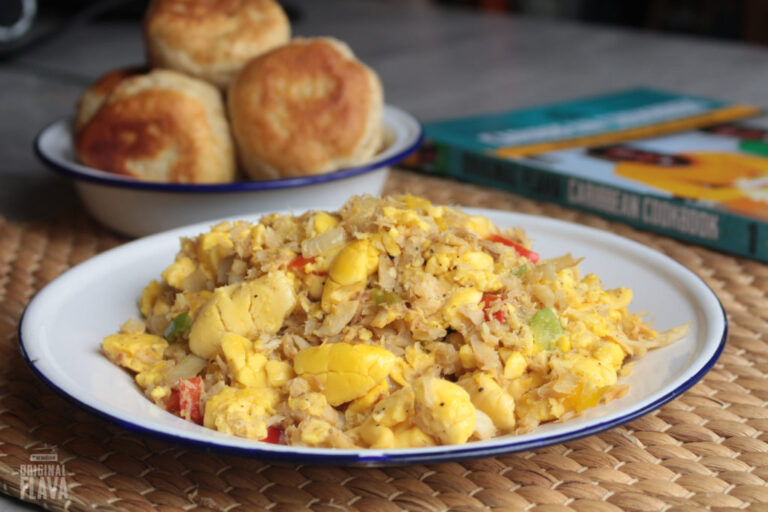
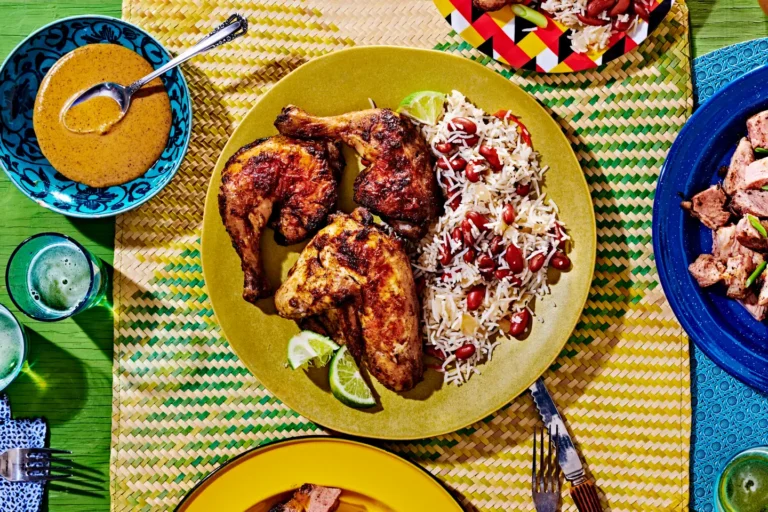
3 Comments